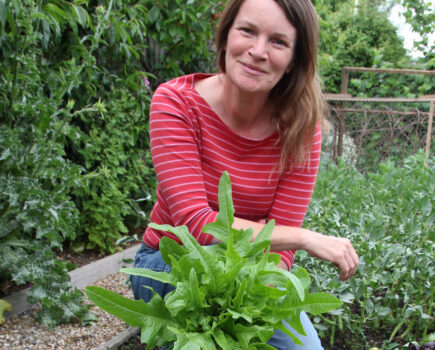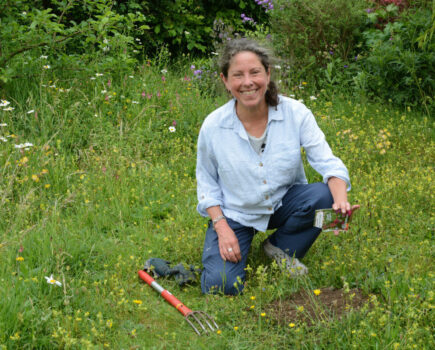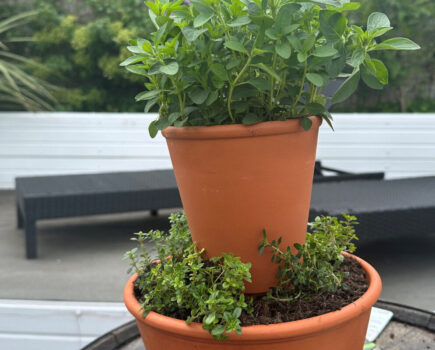Look forward to months of colour with properly cared-for pots
The greenhouse is experiencing a severe case of overload so the time is ripe to start planting out some of the plug plants and seedlings that are large enough.
With the mild April we experienced here in the south, I was able to harden off the plants with the easiest possible technique – leaving the greenhouse door increasingly open at night so everything inside became accustomed to a range of temperatures.
However, we are not out of the woods yet and shock frosts can still hit, especially further north and in exposed areas.

Although it’s so tempting to plant out, being over-cautious is still better than being over-confident for a couple more weeks and if you really can’t wait, and it’s practical to do so, move planted-up containers into the greenhouse at night, or move them against a sheltered wall and drape fleece over the top.
There are a couple of things to remember when planting containers, mainly concerning feeding and watering.
Some peat-free potting composts, like Dalefoot wool compost, hold onto moisture in much the same way that peat does, so plants need less watering and the packaging says no extra feed is needed.
Other peat composts can look dry on the surface but have held onto moisture further down. To avoid overwatering, stick a finger into the compost and do a touch test to see whether it is dry and needs more water, or now.
You may also wish to feed every 10 days with a liquid tomato fertiliser to help boost and prolong flowering – and don’t forget to deadhead regularly.
The joy of planting pots

1. Don’t forget ‘thriller, filler, spiller’ and include an eye-catching central plant, colourful fillers and trailing beauties such as fuchsias and petunias to flow down the sides.
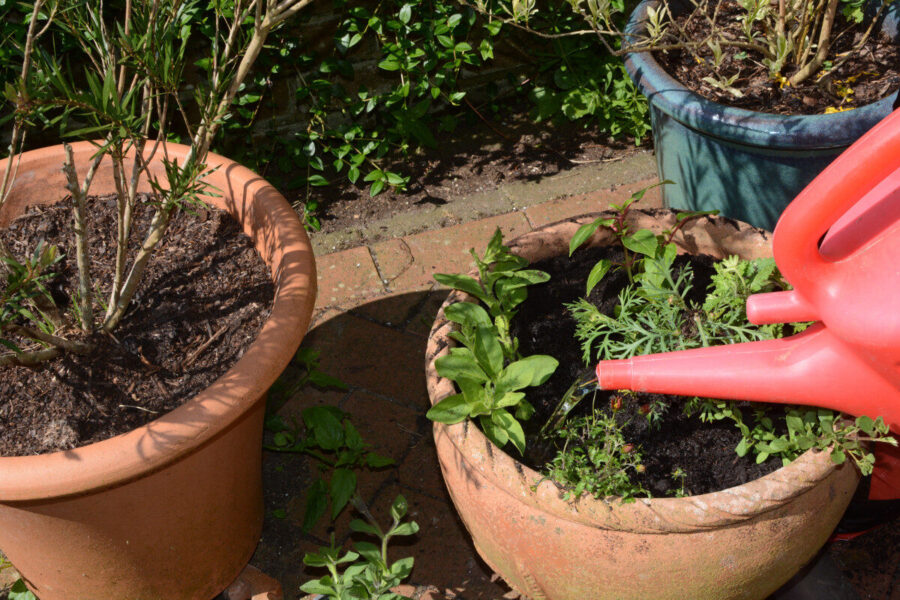
2. Always water after planting, even if rain is forecast. It helps settle the compost and hydrates the roots.
Tips for top pots
Keeping pots flourishing all summer
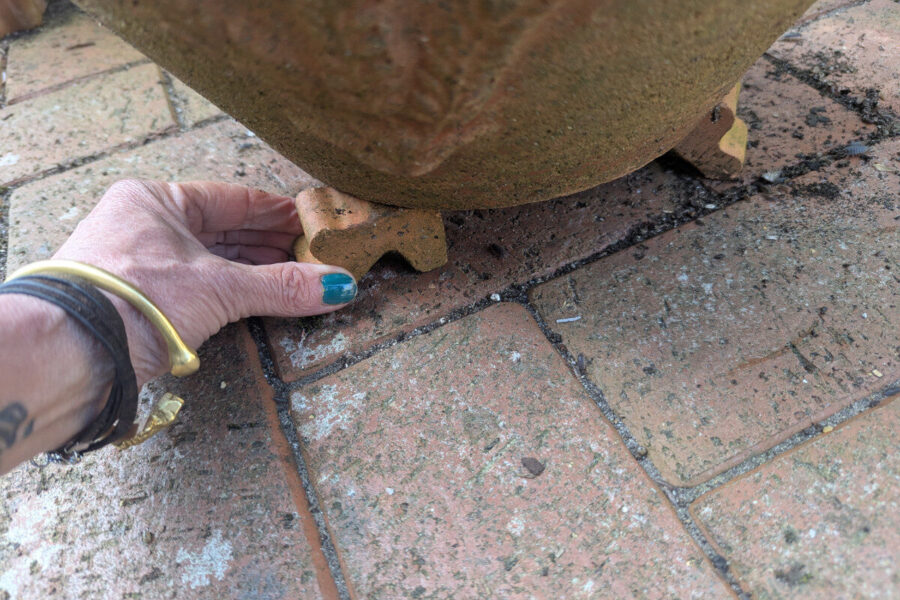
1. I raise my pots on feet for drainage before I start filling them, so I don’t risk injury trying to do so later on.
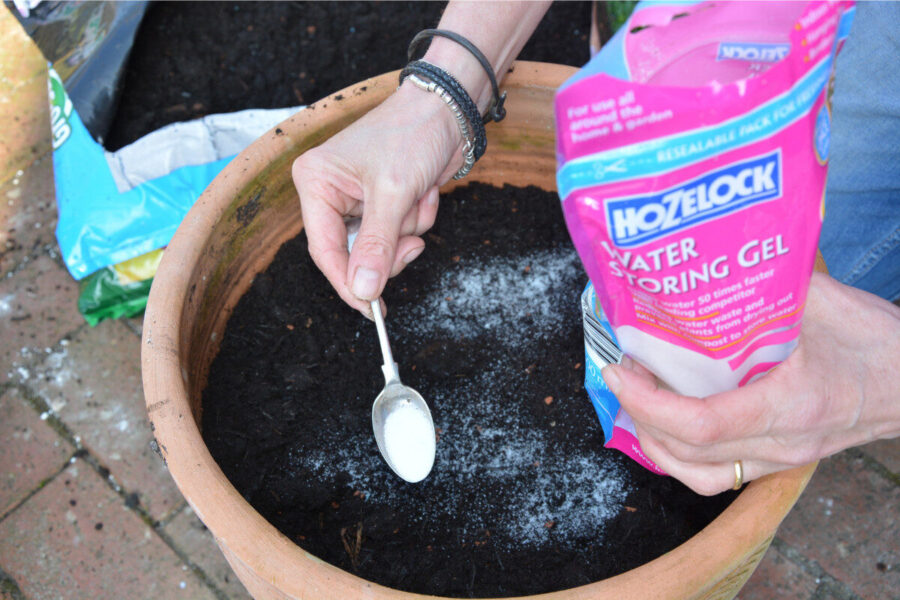
2. Water retaining granules added to the compost hold onto and slowly release moisture so you can water less
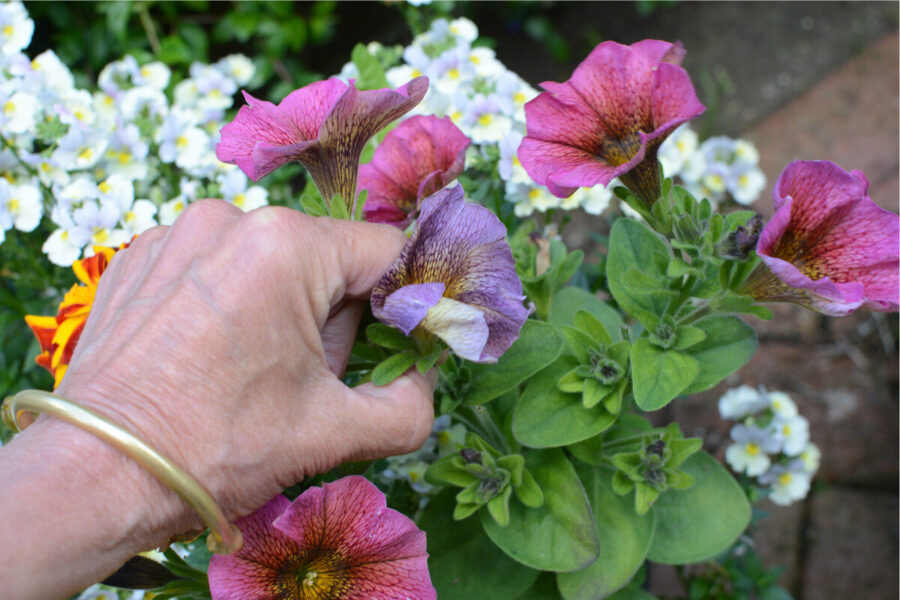
3. Deadhead as soon as flowers start to fade to encourage fresh buds and a longer blooming season.
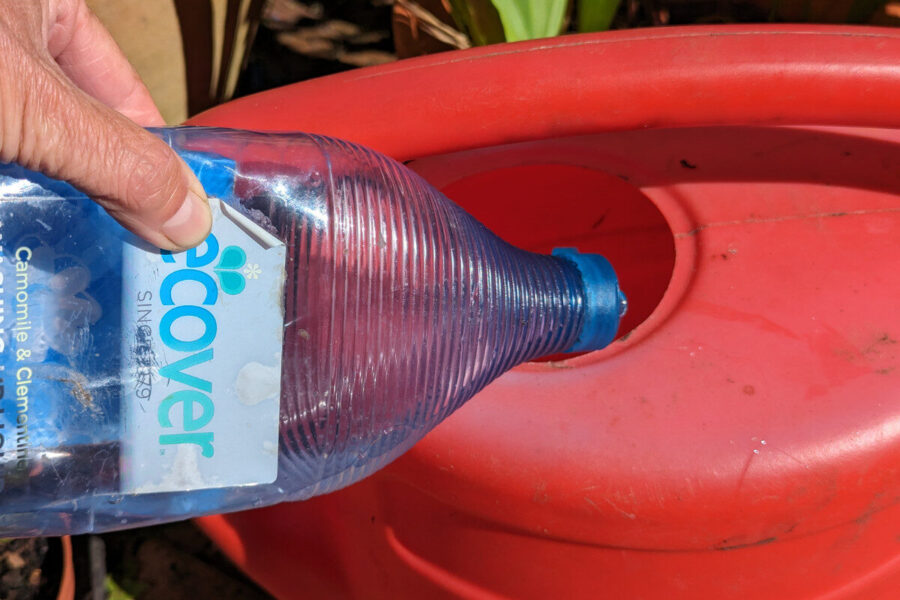
4. Water tends to run off very dry compost but a couple of drops of washing up liquid breaks the surface tension so it is easily absorbed.
Find more tips, advice and articles like this at the Amateur Gardening website. Subscribe to Amateur Gardening magazine now


